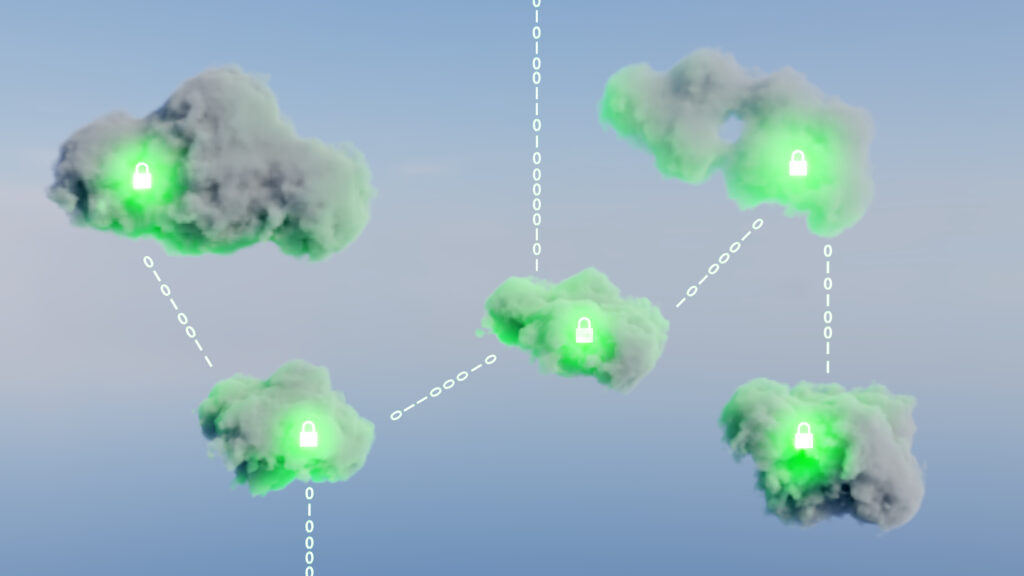As cloud adoption grows, so too does the complexity of managing sensitive data and fortifying hybrid cloud cybersecurity across vast and dynamic environments. One of the most pressing threats I see today is the improper management of network access that crosses various teams, such as DevOps, application developers, and network security practitioners.
Unlike the well established controlled access in on-premises infrastructure networks and data centers—where network security teams have centralized control— cloud environments distribute access responsibilities across multiple roles. This shift brings with it the increased risk of human error, misconfigurations, and overly permissive access that may result in data loss, and more. Imagine a developer, without specialized security training, unintentionally granting overly broad permissions to a cloud storage bucket using Infrastructure as Code (IaC) approach. It’s a naive mistake, but it can have devastating consequences.
What makes this threat particularly dangerous is its nature. It doesn’t stem from external hackers trying to breach the perimeter; instead, it exploits the trust and access already granted to insiders. These insider threats are a significant security issue because they often involve unauthorized access that blends into the organization’s everyday activities, making detection and mitigation challenging. Additionally, the rise of cloud security risks has further complicated efforts to safeguard against these internal threats.
So, the key question is: how do we address this and protect cloud-based systems?
I believe that the answer lies in implementing strict and clear network access controls policies, including the use of next-gen firewalls deployed in public cloud, and/or cloud service providers firewalls, that adhere to the required security policy of the organization. These security measures should be complemented by comprehensive security training for everyone involved in managing multi-cloud environments. By doing so, we can better protect cloud resources, address cloud security issues, and ensure data security and data protection across all platforms.
It’s crucial to establish guardrails that allow DevOps teams and application developers to work within their expertise while still enabling network security teams to have the necessary oversight to maintain security and compliance.
Managing cloud network security policy through an abstraction layer is another effective strategy. This makes it easier for non-security experts to understand and adhere to security requirements, minimizing the risk of misconfigurations.
This abstraction layer should be attentive to the infrastructure layer, enabling real-time alerts for policy violations and ensuring timely remediation. The goal is to balance operational functionality with stringent oversight in cloud computing environments to effectively mitigate external and internal threats, such as lateral movement, within the organizational network allowance boundaries.
The Need for Definitions
While improper access management is a significant concern, it’s not the only one. The second-greatest cloud security threat today stems from the lack of clear definitions around roles and responsibilities at the boundary points between different siloes in the cloud.
These boundaries, such as those between data centers and the cloud, or between edge computing and the cloud, are particularly sensitive. These are the “gray areas”; the areas where the responsibility definition is the most controversial.
The ambiguity in roles and responsibilities at these boundary points can create a sort of an unmanaged “DMZ” (demilitarized zone) that adversaries can exploit. Without clear ownership and security controls, these areas become vulnerable to attacks.
The lack of a unified approach to securing cloud infrastructure boundaries leads to significant security gaps, making it easier for attackers to exploit weak access controls and carry out cyberattacks, allowing them to infiltrate and move laterally across the network.
This threat is particularly dangerous because these weak points are easily exploitable by cybercriminals. Adversaries target these unmanaged “DMZ” areas, exploiting the absence of clear ownership and accountability. Vulnerabilities may go unaddressed, allowing attackers to gain access and move undetected, leading to data breaches, loss of sensitive information, and other severe security incidents.
To counter this threat, we must ensure holistic visibility into network access controls across the entire organization. Integrating tools and processes that provide a comprehensive view of access controls in all areas, including the cloud, data centers, and edge computing, is crucial.
Beyond having specialized security teams for designated areas, it’s vital to establish a dedicated team with global oversight of the cloud platform. This approach helps to effectively manage the attack surface and ensure that comprehensive security solutions are in place across the entire environment.
This team should monitor and manage the organization’s security posture from a centralized platform to ensure consistent policies and rapid responses to any detected vulnerabilities or misconfigurations.
Conclusion
Cloud security challenges, new and old, will continue to present themselves—but by implementing a comprehensive security strategy, focusing on proper access management, and clearly defining teams’ roles and responsibilities, especially at critical boundary points, we can better protect workloads from potential security breaches.
Additionally, leveraging automation in these processes will further fortify your attack surface against even the most pressing threats.
For more information on how Tufin elevates, secures, and optimizes the network security, book a demo.
Ready to Learn More
Get a Demo





